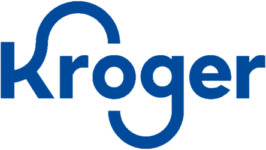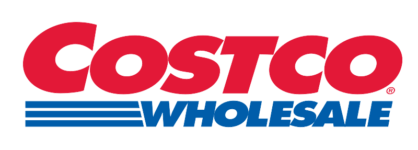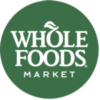
Are Rolled Oats the Same as Quick Oats? A Comprehensive Guide
When it comes to choosing the right type of oats for your breakfast or baking needs, you may find yourself wondering about the differences between rolled oats and quick oats. While they are both popular choices, they are not the same. This article will delve into the distinctions between these two types of oats, their nutritional profiles, and their best uses in cooking.
Rolled oats, also known as old-fashioned oats, start their journey as whole oat groats. These groats undergo a process where they are steamed and then flattened between heavy rollers. This method not only gives rolled oats their characteristic flat shape but also helps to stabilize the healthy oils within the oats, preventing them from going rancid. Rolled oats have a mild flavor and a chewy texture, making them a versatile ingredient in various recipes.
Quick oats, or quick-cooking oats, begin as whole oat groats as well. However, they undergo a more extensive processing method. The groats are steamed for a longer period and rolled thinner than rolled oats. Additionally, they are often cut into smaller pieces, which increases their surface area. This means that quick oats absorb liquid more rapidly and cook much faster, usually within just a minute or two.
Both rolled oats and quick oats have similar nutritional values, but there are slight differences:
While rolled oats and quick oats originate from the same source, their processing methods lead to distinct differences in cooking time, texture, and nutritional profiles. Rolled oats are a great choice for those who prefer a chewier texture, while quick oats are perfect for those seeking convenience and speed in their meals. Both types of oats are nutritious and can fit into a balanced diet, so the choice ultimately comes down to personal preference and specific recipe requirements. Whether you opt for rolled oats or quick oats, incorporating them into your diet can provide numerous health benefits, including improved heart health and better digestion.
Rolled oats are steamed briefly and rolled into thicker flakes, taking about 7 minutes to cook. Quick oats are steamed longer, rolled thinner, and cut into smaller pieces, cooking in just 1-2 minutes. This results in differences in texture, cooking time, and nutritional profiles.
Both rolled oats and quick oats have similar nutritional values, but rolled oats generally contain slightly more fiber and protein. Additionally, quick oats have a higher glycemic index, which means they can raise blood sugar levels more quickly than rolled oats.
Rolled oats are ideal for recipes that require a chewy texture, such as overnight oats, baking, and granola. Quick oats are best for quick breakfasts and smoother recipes, like instant oatmeal or smoothies, due to their softer consistency.
Yes, you can substitute rolled oats for quick oats in recipes, but keep in mind that the cooking time and texture may differ. Rolled oats will provide a chewier texture, while quick oats will result in a creamier dish. Adjust cooking times accordingly.

How to Make Oatmeal from Rolled Oats: A Complete Guide
Oatmeal is a beloved breakfast staple for many, known for its heart-healthy benefits and versatility. If you’ve ever wondered how to make oatmeal from rolled oats, this guide will walk you through the process, provide tips for per...

Old Fashioned Rolled Oats vs. Steel Cut Oats: Which is Better for You?
When it comes to healthy breakfast options, oats are often at the top of the list. However, with various types available, it can be confusing to choose the right one for your dietary needs. In this article, we will explore the dif...

Healthy Rolled Oats Recipe: Easy Overnight Oats
When it comes to quick, nutritious breakfasts, rolled oats are a standout choice. They are versatile, packed with nutrients, and can be prepared in advance, making them perfect for busy mornings. This article will guide you throug...

Delicious and Nutritious Recipes for Rolled Oats
Rolled oats are a versatile and healthy ingredient that can be transformed into a variety of delicious meals. Whether you prefer them warm or cold, rolled oats can be the foundation for countless recipes. In this article, we will ...
Ready to source an ingredient?
Whether you’re struggling to find the perfect ingredient, racing against the clock, or simply don’t have the bandwidth to manage sourcing — we’ve got your back.
Get a Free Sourcing AuditSavings is BIG but the relationship value is MASSIVE! Glad we met when we did. Looking forward to building this partnership with you and David.
Yohan, here to say you’re one of my favorite suppliers. Aside from your high quality ingredients, you’re so great to work with. Thanks for all the help you’ve given us this year.
Working with Global Savors and Yohan has been very smooth when sourcing ingredients. They offer a great selection and and cost savings! Yohan has been awesome to work with and we look forward to continuing business together.






Global Savors is your trusted partner for seamless ingredient sourcing, offering end-to-end solutions that streamline procurement, simplify logistics, and elevate your supply chain efficiency.
View More News
© 2025 Copyrights by Global Savors. All Rights Reserved

